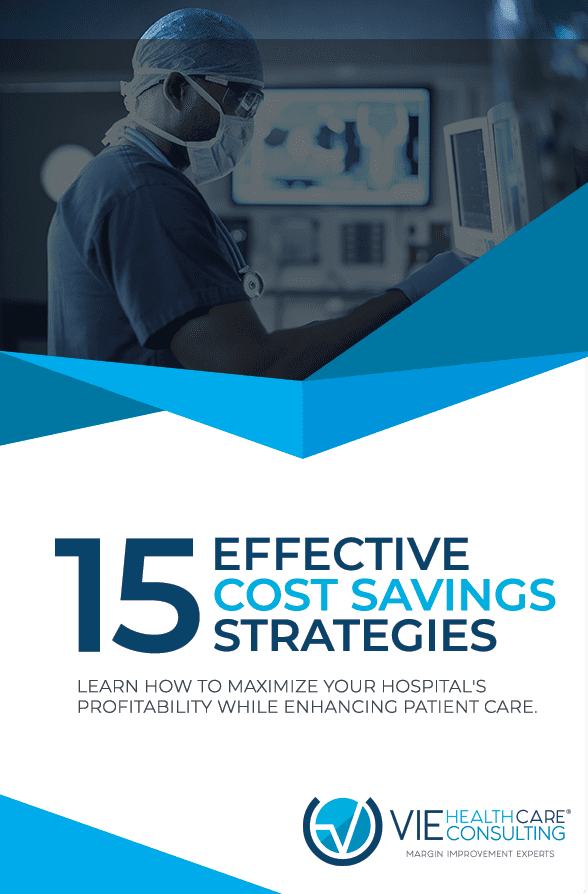This article was written by Lisa Miller.
Physician Preference Items
Physician Preference Items (PPIs) are defined as preferred supplies, instruments, implants or medical devices that physicians choose to use in patient treatments.
Our three part blog series on Physician Preference Items (PPIs), outlines essential strategies for cost management in this key area, which are summarized below. Issues covered include best practice in cost savings, price transparency and the importance of data analysis.
PPIs Part 1: Best Practice In Cost Savings
PPIs can comprise between 40-60% of a hospital’s total supply costs and often have a negative effect on hospital margins. Any successful cost reduction trends must align with value based purchasing and optimize margin improvement. Cost savings initiatives must also begin with a strategic plan and a collaborative team incorporating members of supply chain and clinical leadership.
To enable a successful PPI cost initiative, we recommend the selection of a physician champion to ensure meaningful discussions. Click To Tweet
A successful strategic plan must also include a systematic review of PPI spend and high cost drivers and consider the following:
- The high cost and utilization of PPIs have resulted in an urgent need to change course and ensure physicians are engaged in data driven financial decisions.
- A third party consultant with a proven success rate in implementing cost reduction strategies is a vital partner. They can assist in providing the expertise needed to perform the analysis, provide benchmark pricing and assist with contract negotiations.
PPIs Part 2: Price Transparency
Price transparency is essential in the future cost management of PPIs and the supply chain.
Today, physicians are expressing an interest in cost awareness relating to PPIs and their role is critical in the development of a sustainable cost reduction strategy, while at the same time ensuring high quality care. They express strong preferences for specific manufacturers based on factors such as personal experience, clinical outcomes and their relationship with the sales representative and/or the vendors of these items.

This will become more important with the shift to value based care.
With effect from January 1, 2021, all hospitals must create and publicly display a consumer friendly list of prices for “shoppable services.” These “shoppable services” are defined as services that patients can schedule in advance.
Price transparency will become a crucial element in vendor negotiation for PPIs.
Value based care must remain at the forefront of all decisions made by hospital executives.
PPIs Part 3: Data Analysis Is The Key To Cost Savings
In the transition to value based care, all health systems have a responsibility to provide the best value for both their patients and their organization. That requires the adoption of best practices to procure PPIs and provide high quality clinical outcomes at the best price.
A comprehensive data analysis helps to achieve this and offers significant benefits for your hospital but data analysis is not a one-time task. It also requires a deep dive into PPI cost per procedure, reimbursement, possible standardization and vendor variability.
Data analysis does not end once the contract is signed. At VIE Healthcare®, we understand that contract compliance issues and errors in invoicing are commonplace. We recommend carrying out data analysis and pricing adherence every quarter.
An experienced healthcare consulting provider can provide your leadership team with the expertise needed to carry out detailed data analysis.



